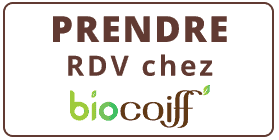Decoloration et “100% vegetale” ne sont pas compatibles, car la décoloration ouvre les écailles du cheveux et le végétal gaine la fibre capillaire sans la dénaturer.
La décoloration : un processus strict
Pour procéder à la décoloration du cheveu, il faut utiliser un agent oxydant qui, en provoquant l’ouverture des écailles des cheveux, permet de lui retirer ses pigments de couleur.
A l’inverse, lorsque les écailles du cheveu sont fermées, il retrouve son aspect naturel : plus fin et quasiment translucide.
Cette solution chimique permet la décoloration car elle rend le cheveu incolore, et est sans odeur.
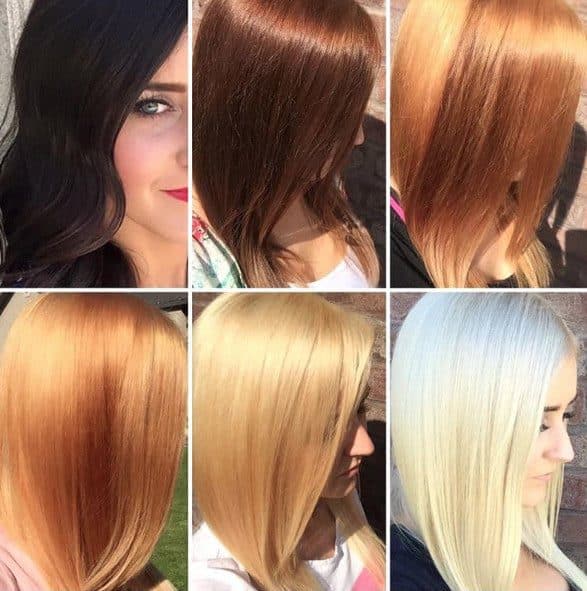
La décoloration n’est pas une opération anodine pour vos cheveux.
Ils seront endommagés et affaiblis après une décoloration.
C’est pourquoi, il faut veiller au professionnalisme de la personne qui applique cette technique et à la qualité des produits utilisés.
Contrairement aux colorations, les agents oxydants de la décoloration agissent jusqu’à la déshydratation complète du cheveu s’ils ne sont pas retirés à temps.
Le risque est donc de causer de sérieux dégâts sur les cheveux.
Il est donc primordial de confier sa tête à un professionnel, qui maîtrise les techniques de décoloration.
Bien que les techniques aient évolué ces dernières années, elles restent à manipuler avec la plus grande des précautions.
L’alternative : la coloration végétale (et ses limites)
La coloration végétale est une méthode sans produits chimiques contrairement à la décoloration.
Elle permet de nuancer une couleur de cheveux mais le changement total de look n’est pas possible avec la coloration végétale.
Une brune ne pourra pas devenir blond vénitien avec ce processus.
Seule l’intervention de produits oxydants permet d’éclaircir franchement le cheveu, car une dépigmentation préalable est nécessaire.
C’est la condition pour qu’un nouvelle couleur tienne sur votre chevelure.
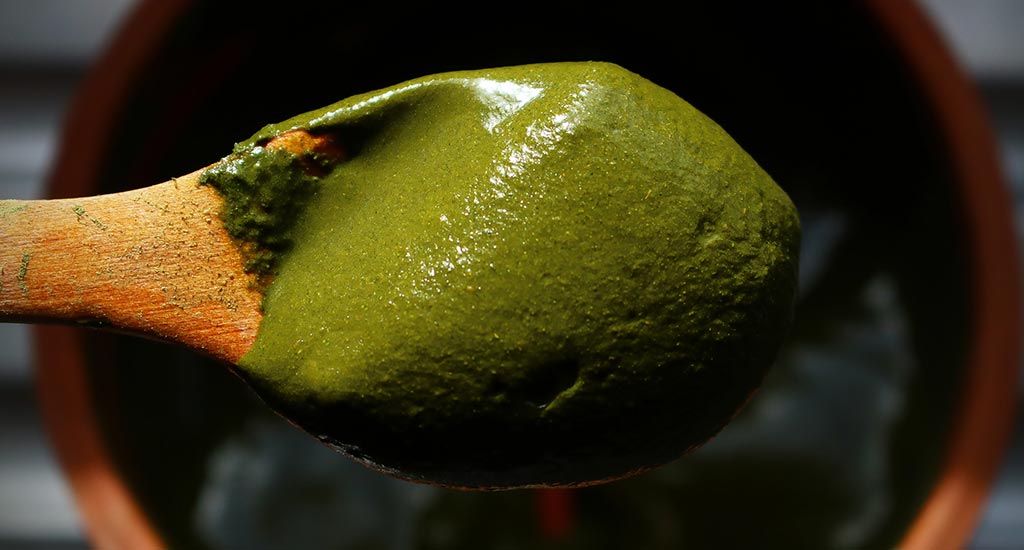
En revanche, la coloration végétale est parfaitement adaptée aux cheveux blancs.
Pour la couverture des premiers cheveux blancs ou pour une couleur complète, la coloration végétale sera alors adaptée.

 Coloration Végétale
Coloration Végétale
 Balayage minéral
Balayage minéral
 Soins Capillaires
Soins Capillaires
 Coupe
Coupe
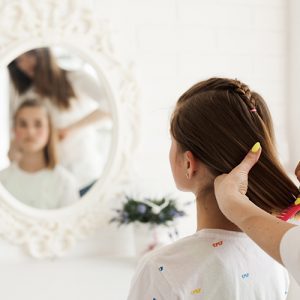 Diagnostic gratuit
Diagnostic gratuit
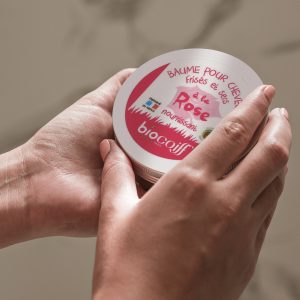 Accueil E-boutique
Accueil E-boutique
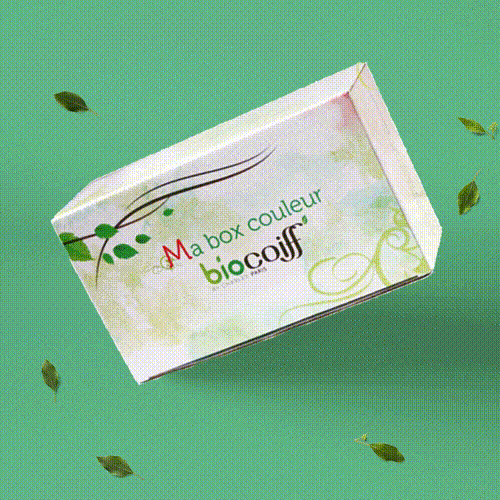 Box Couleur
Box Couleur
 Shampoings
Shampoings
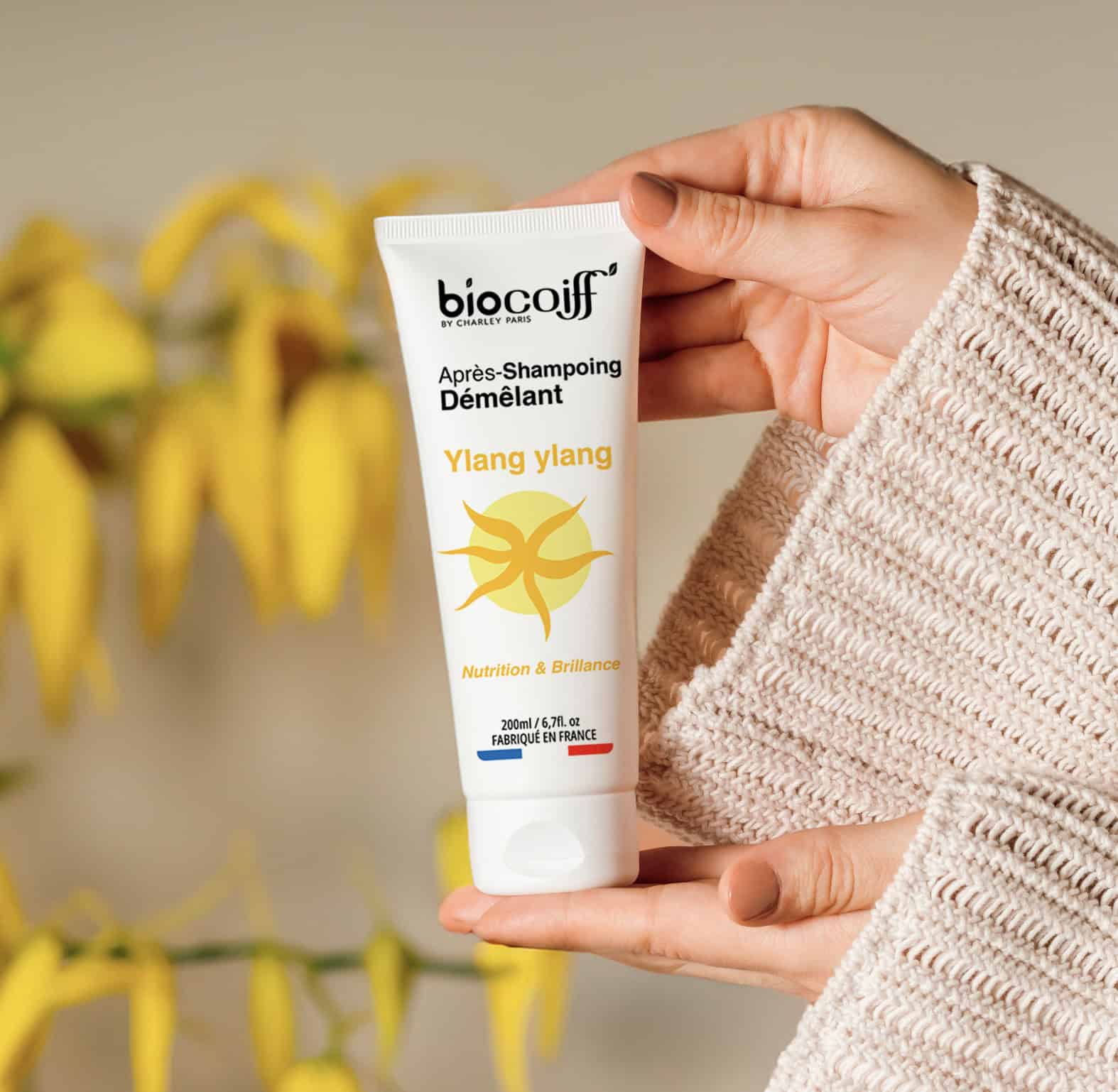 Soins
Soins
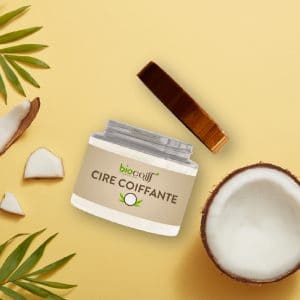 Coiffants
Coiffants
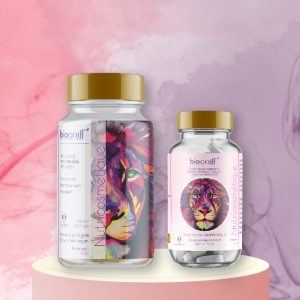 Nutricosmétiques
Nutricosmétiques
 Accessoires
Accessoires

